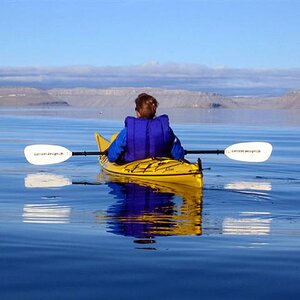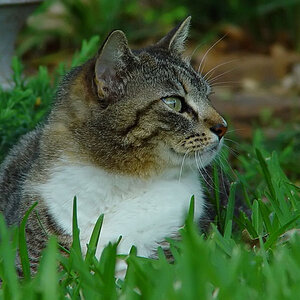NaturalLight
TPF Noob!
- Joined
- Feb 10, 2013
- Messages
- 16
- Reaction score
- 0
- Location
- San Diego
- Can others edit my Photos
- Photos OK to edit
Hi, I'm new here. first time posting. I've been wondering what some of you set your aperture at for a larger group of people of about 7? I know most people say an f8 or higher, but I've found that my images aren't as sharp as I would like even with a fast shutter speed. I shoot with a 50mm 1.4 and a 1.2 if I rent it. Thanks, I'd appreciate to know what your basic settings are. I shoot all in manual mode




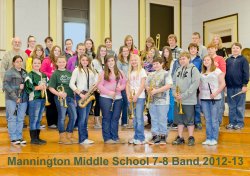

![[No title]](/data/xfmg/thumbnail/31/31012-f5e0c7cdea2f2c3e44737e3f61c2461a.jpg?1619734567)


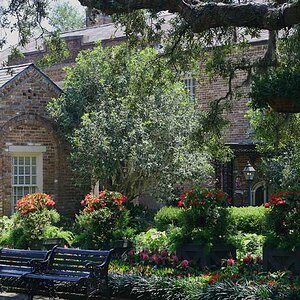
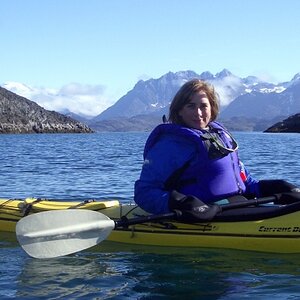
![[No title]](/data/xfmg/thumbnail/38/38737-350089c7ae87f5c983c5362b9b78b671.jpg?1619738703)
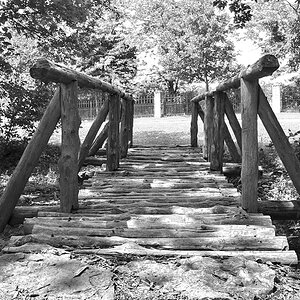
![[No title]](/data/xfmg/thumbnail/38/38736-5bc266b035e23faf5ad942bdd97466a8.jpg?1619738703)
